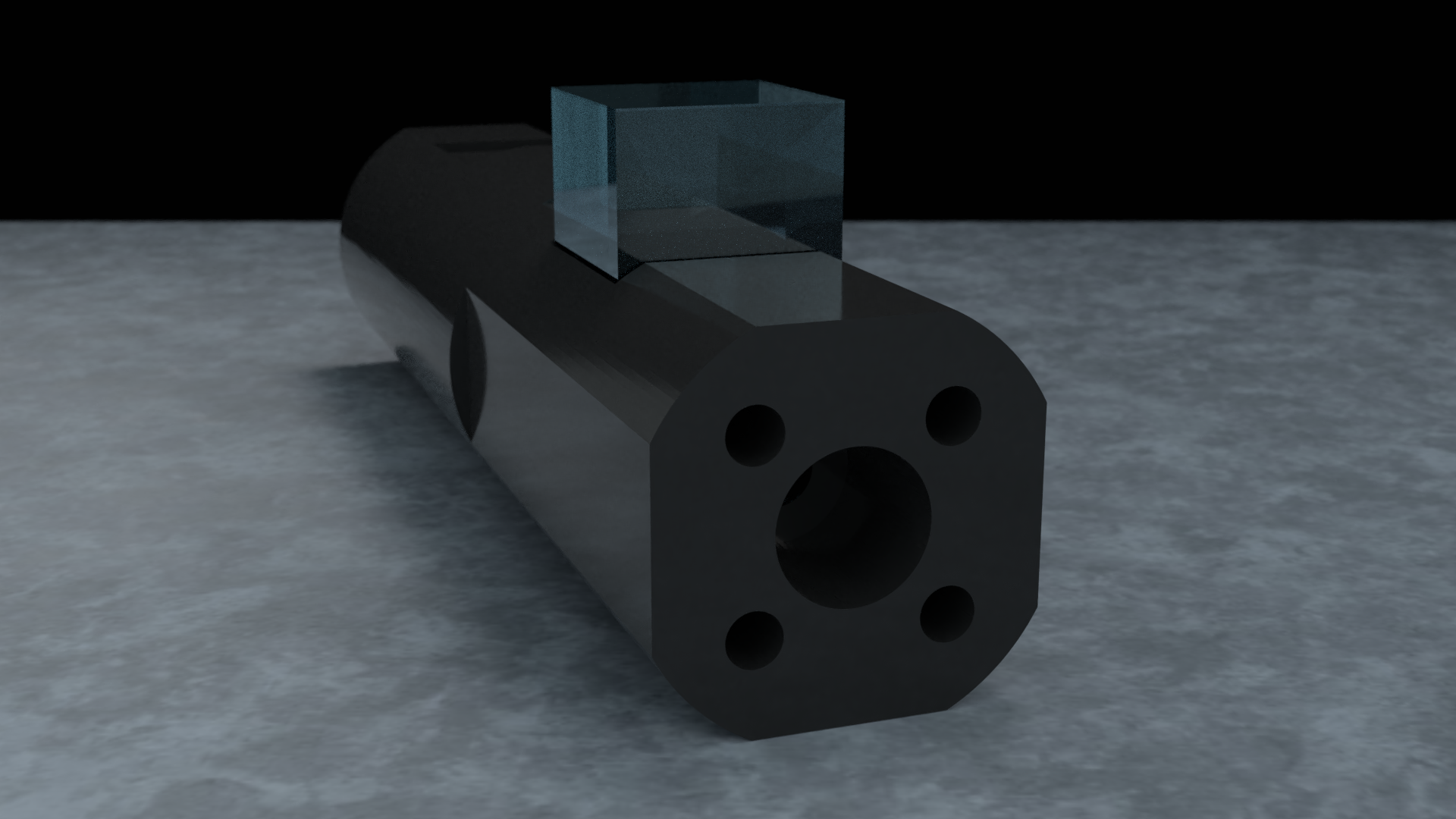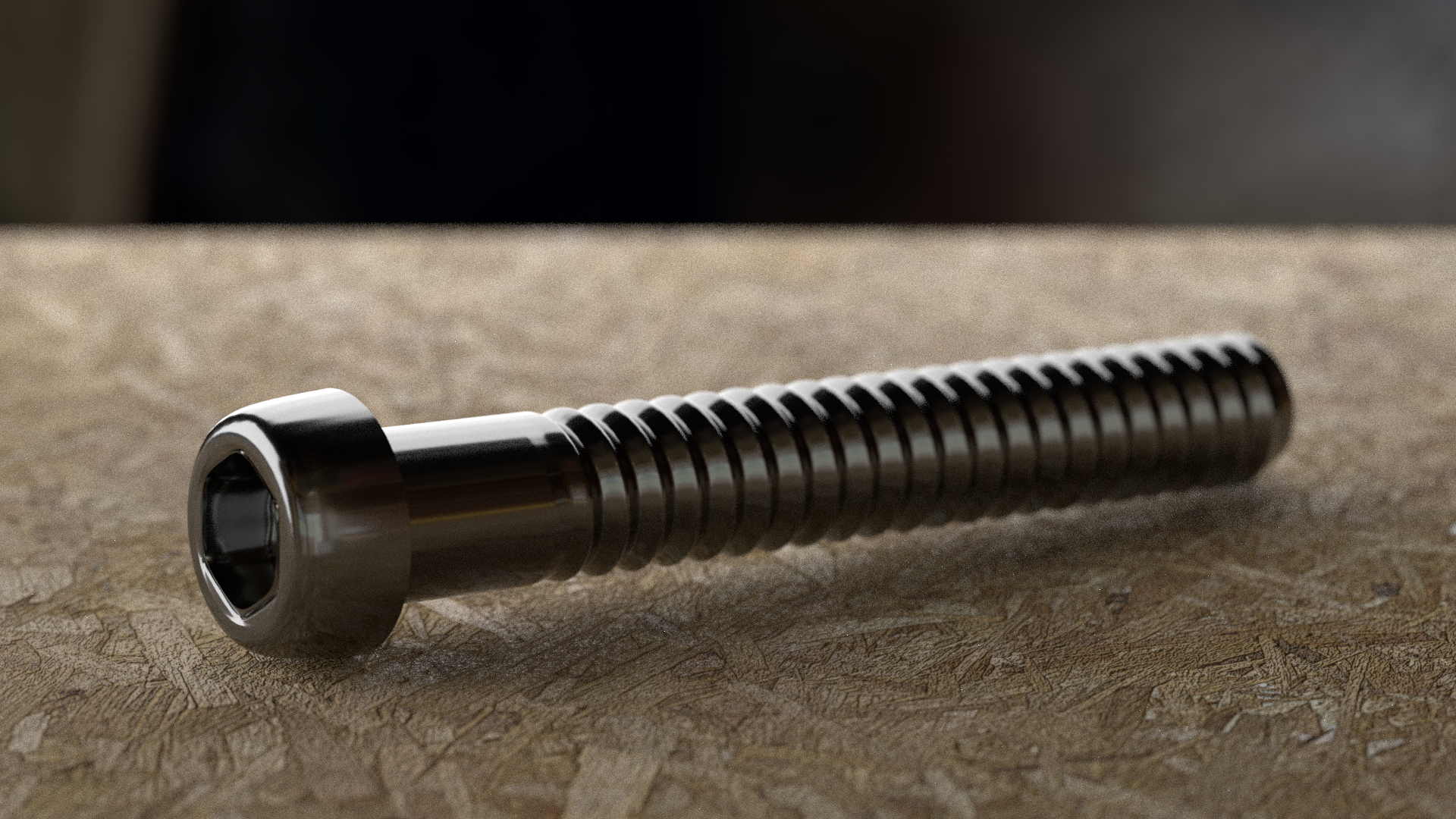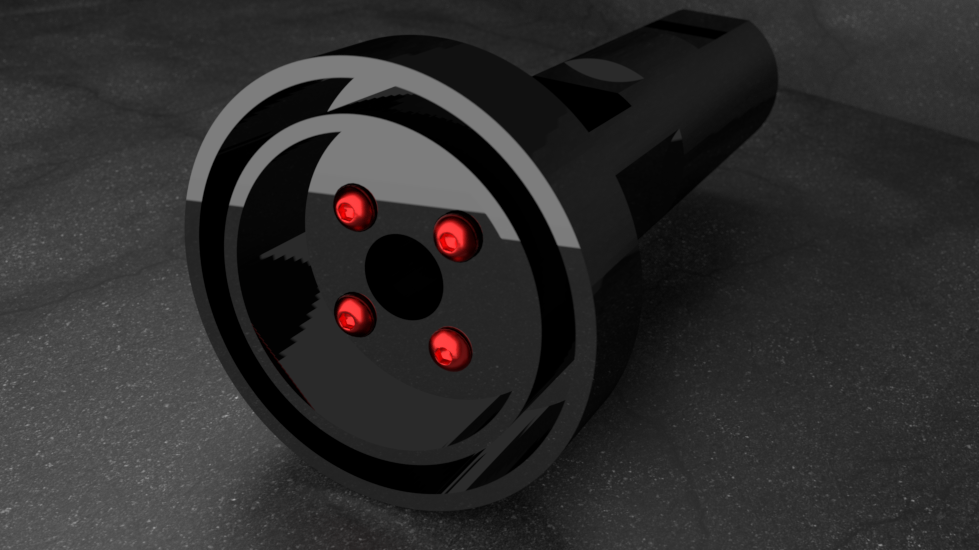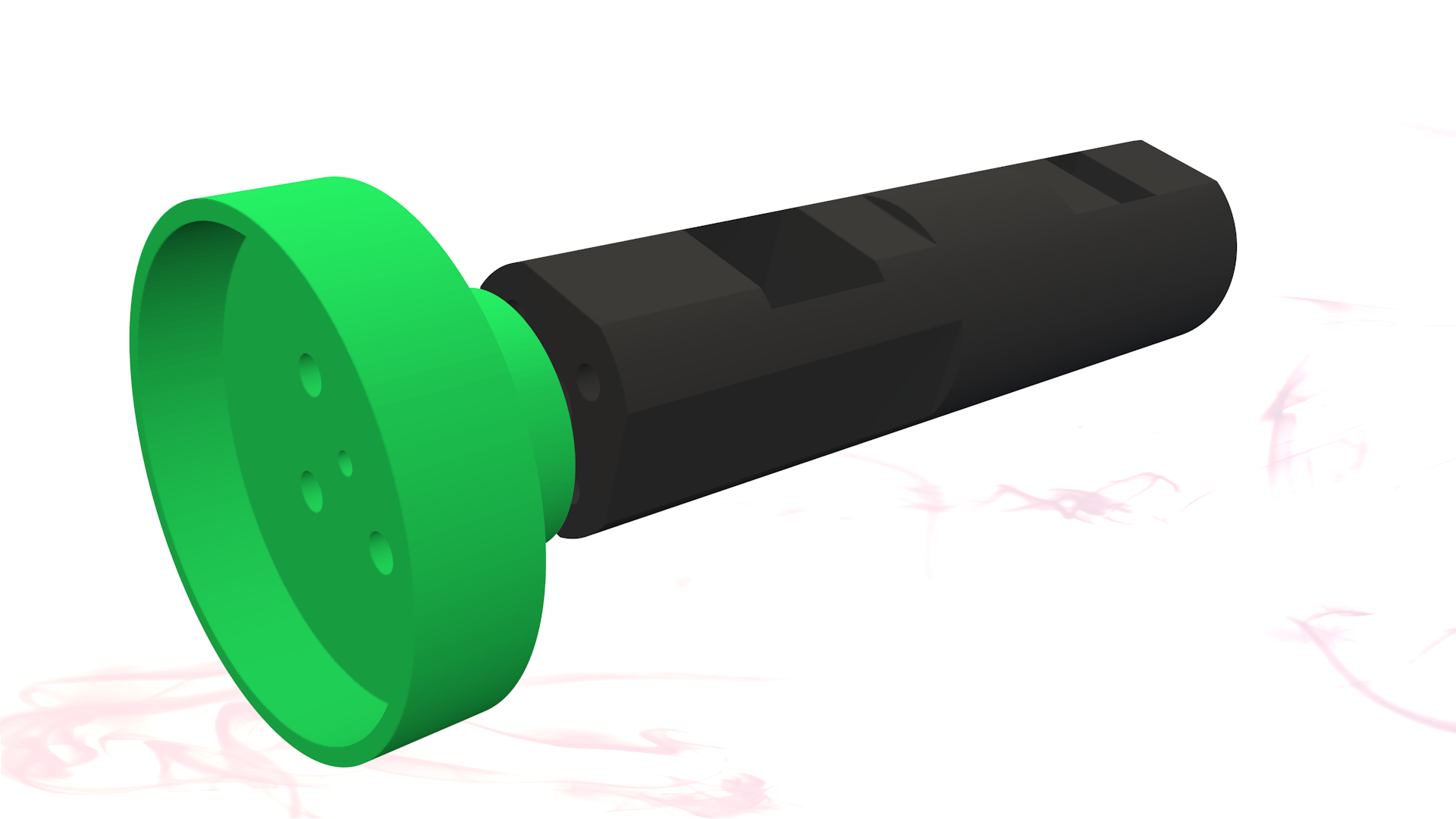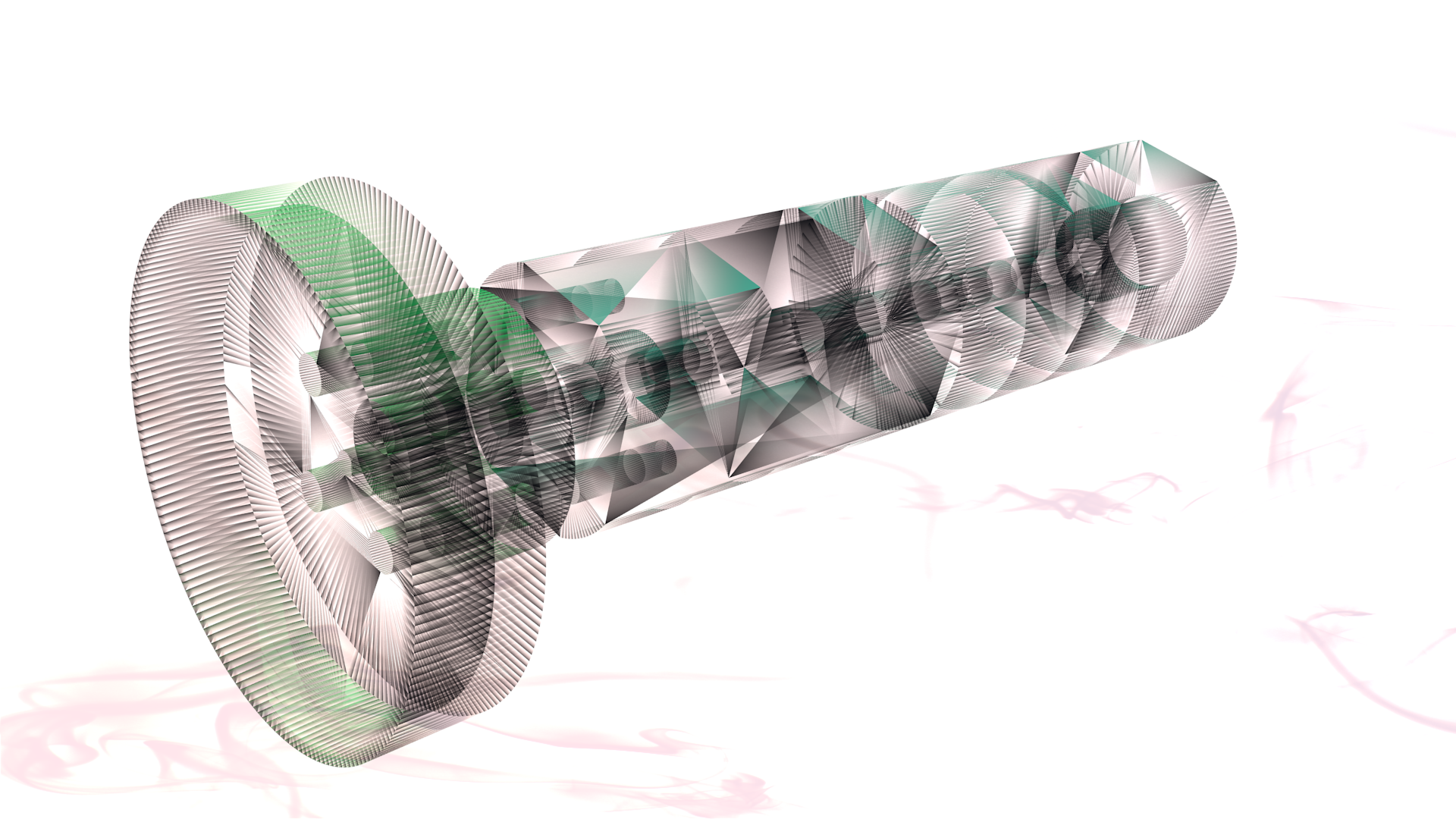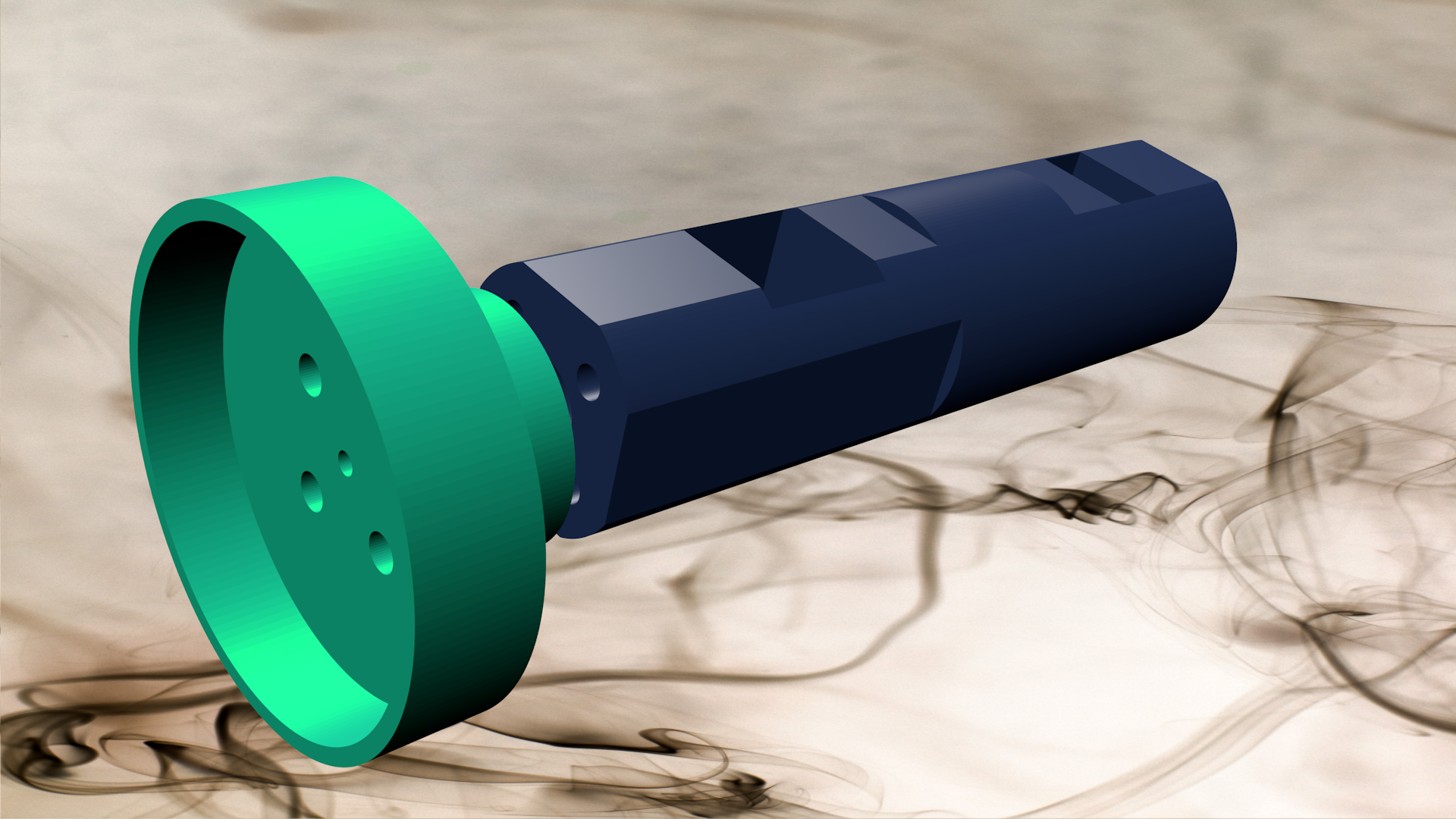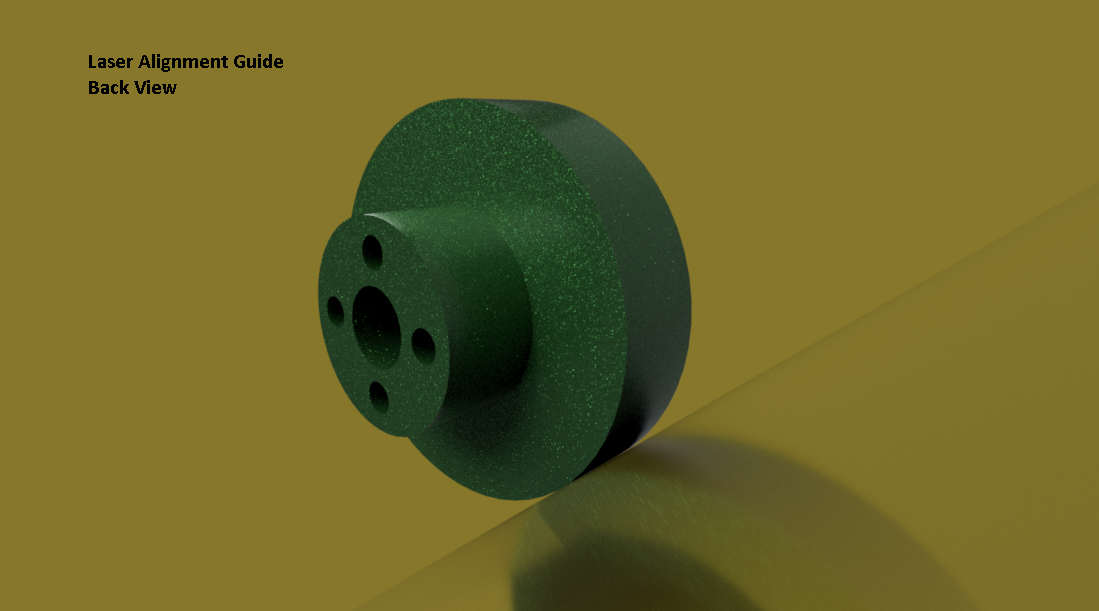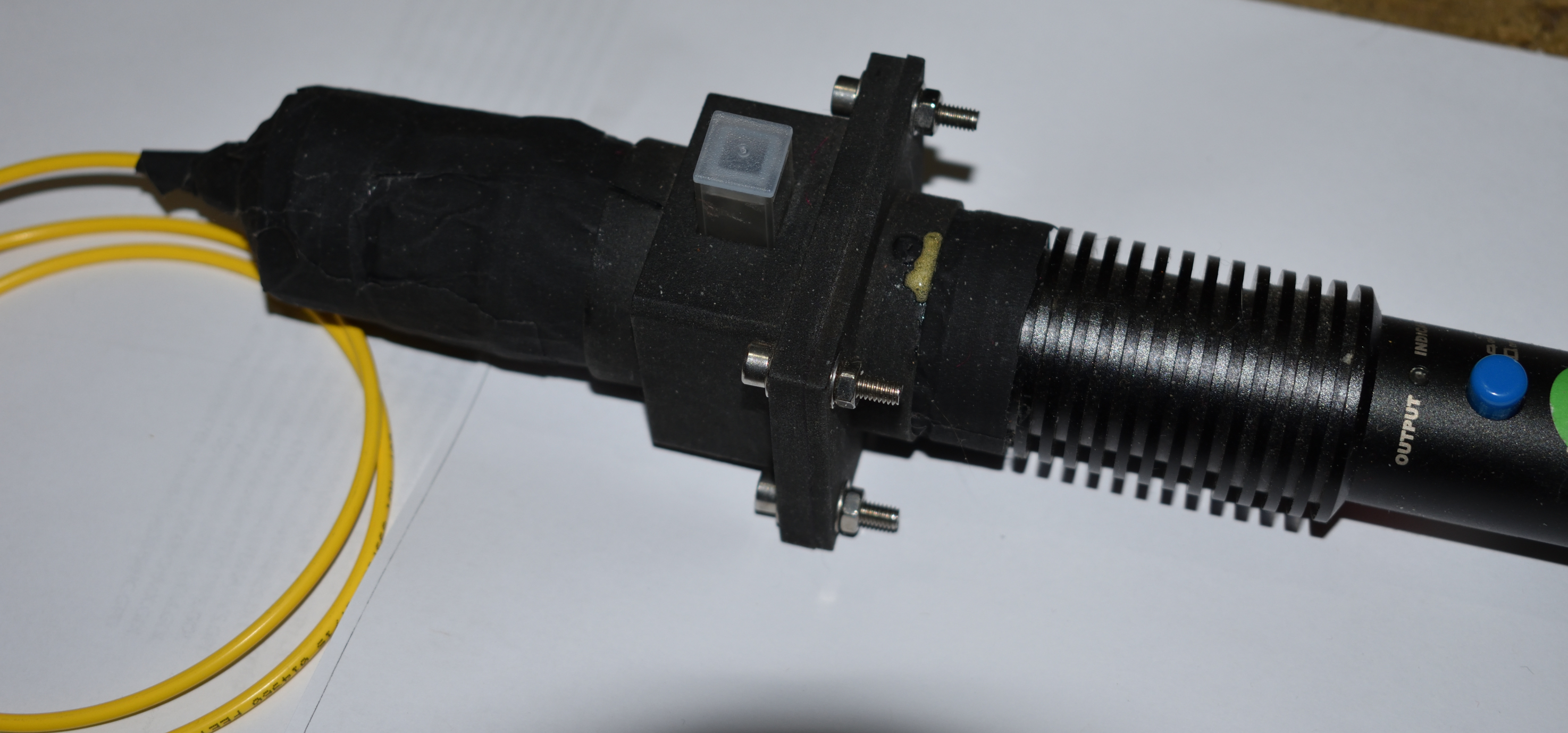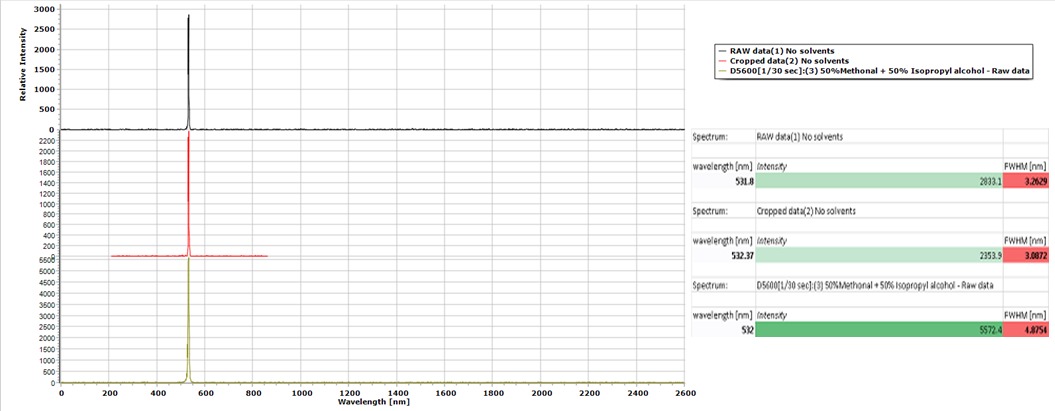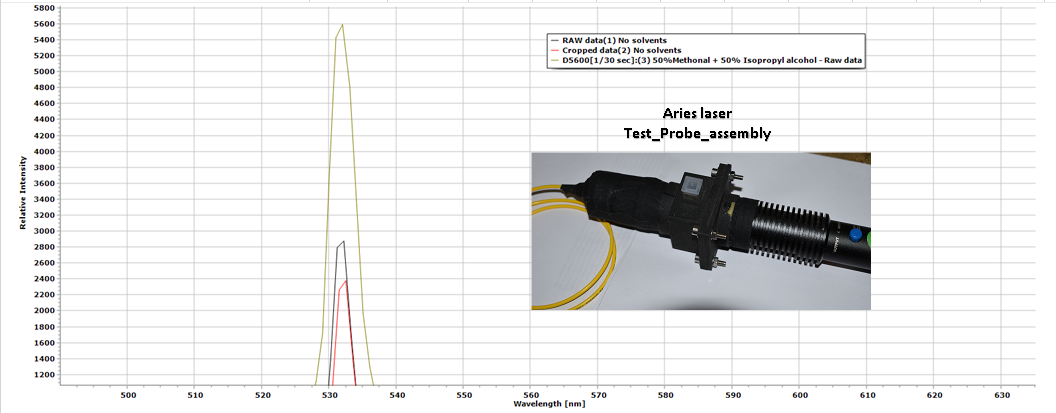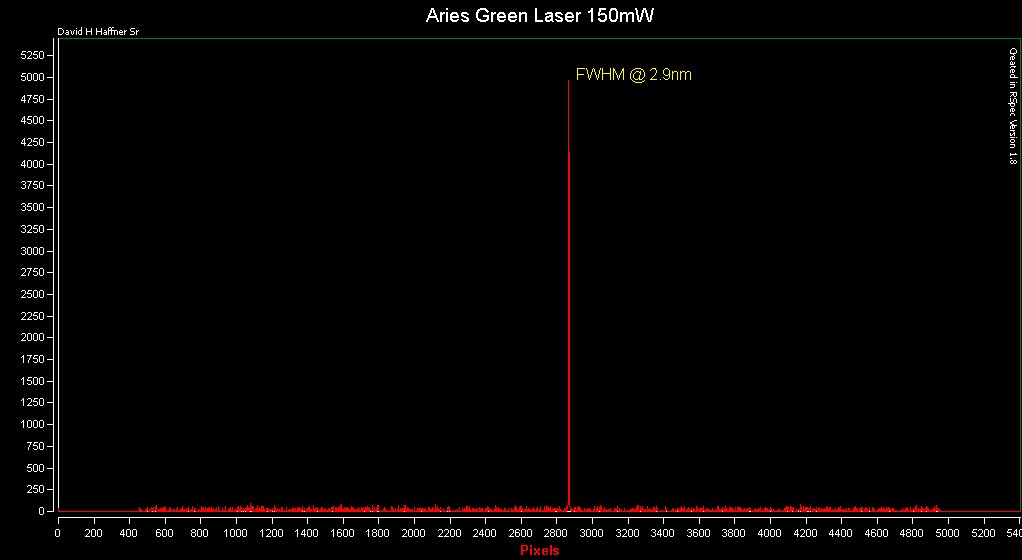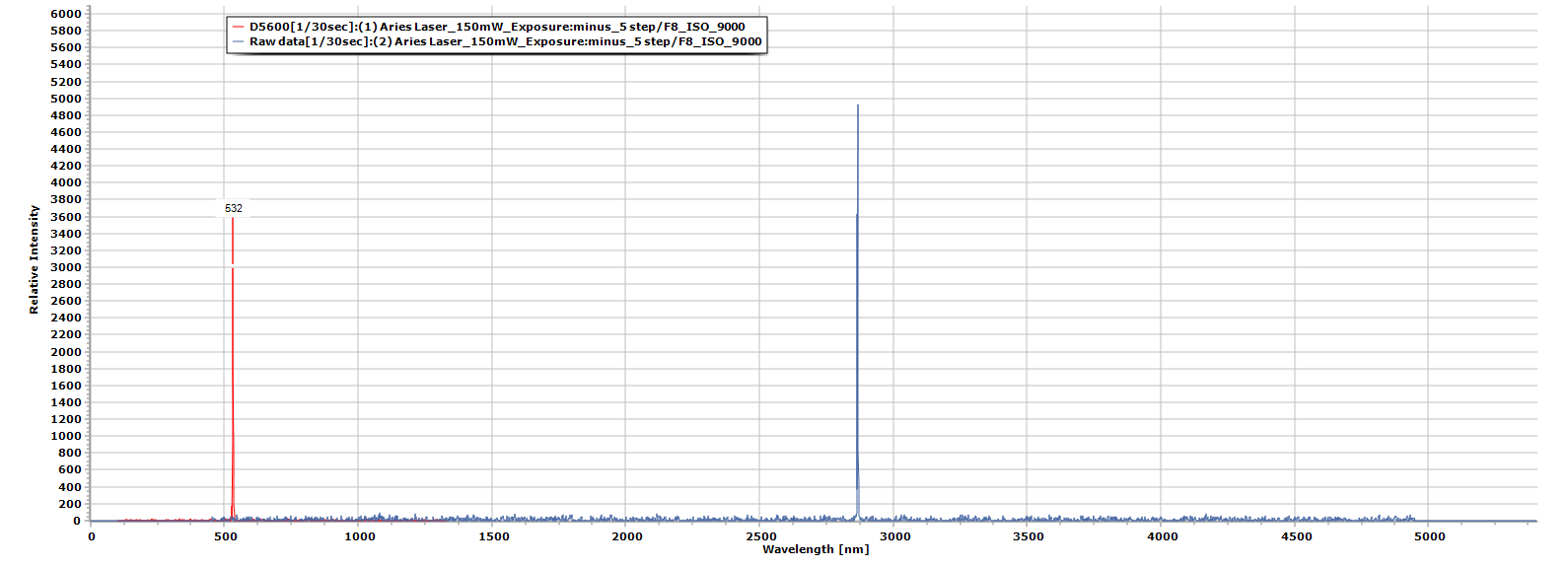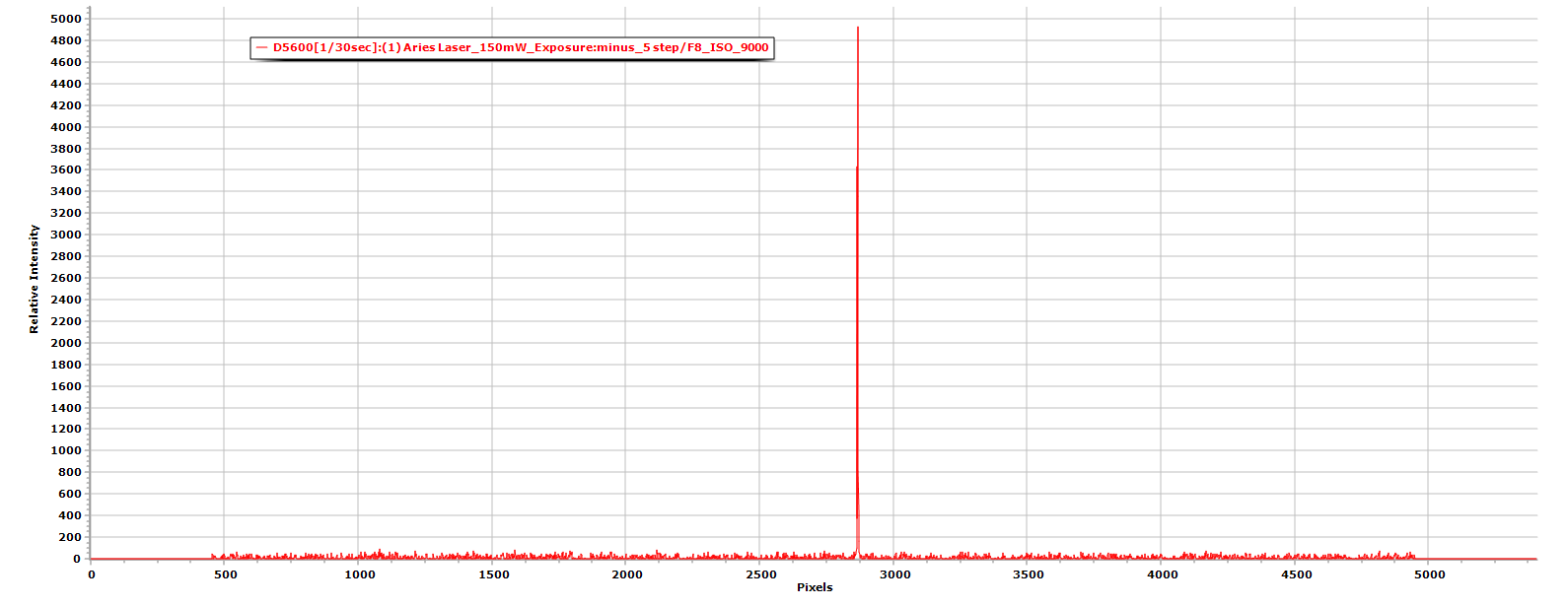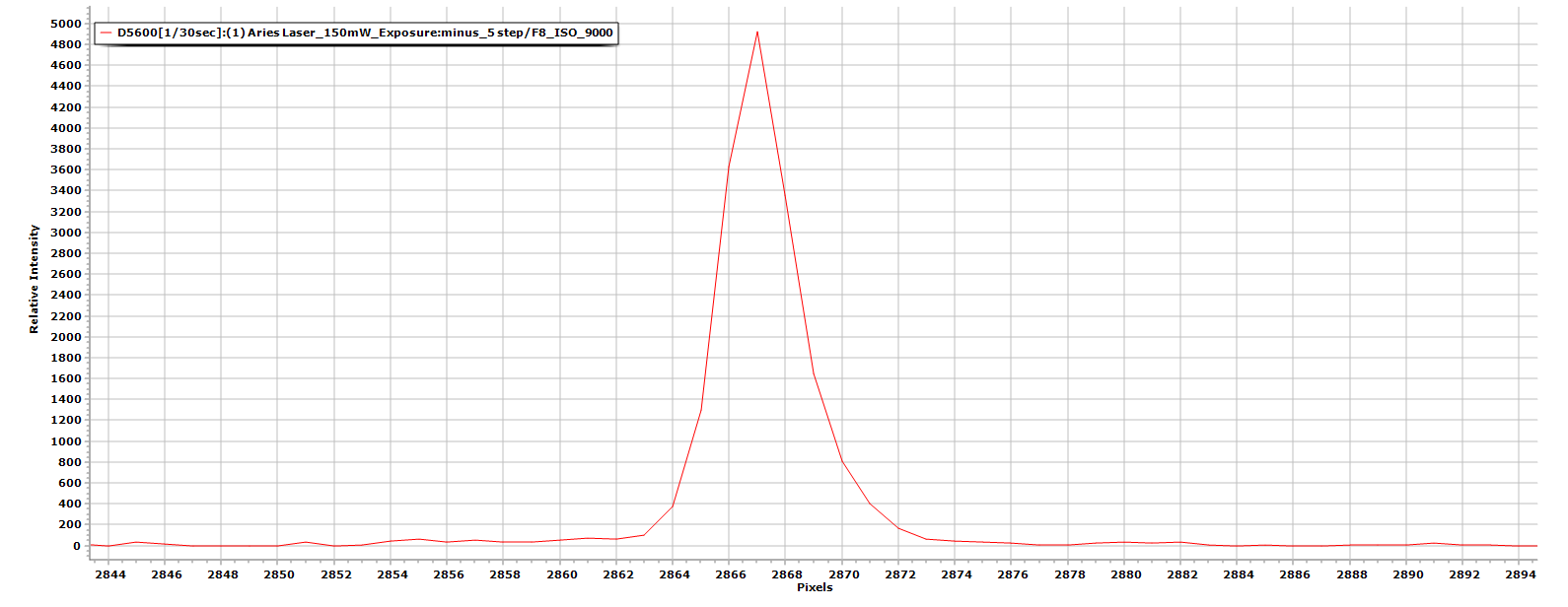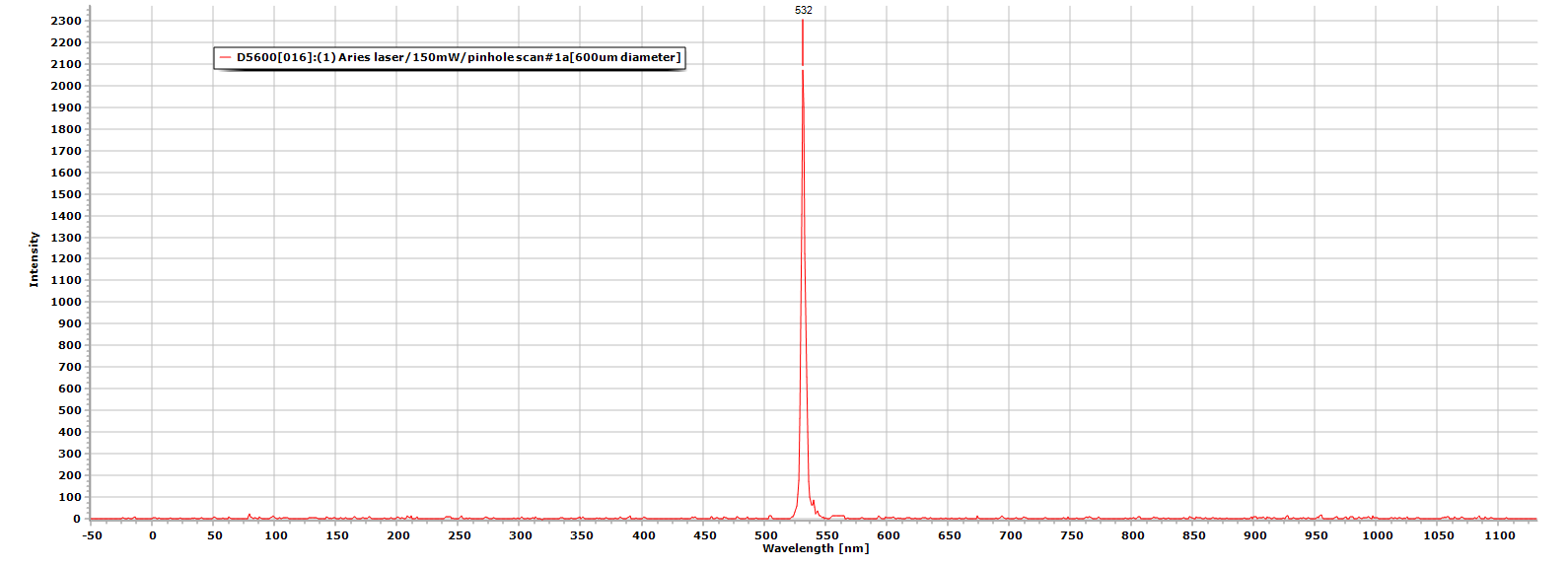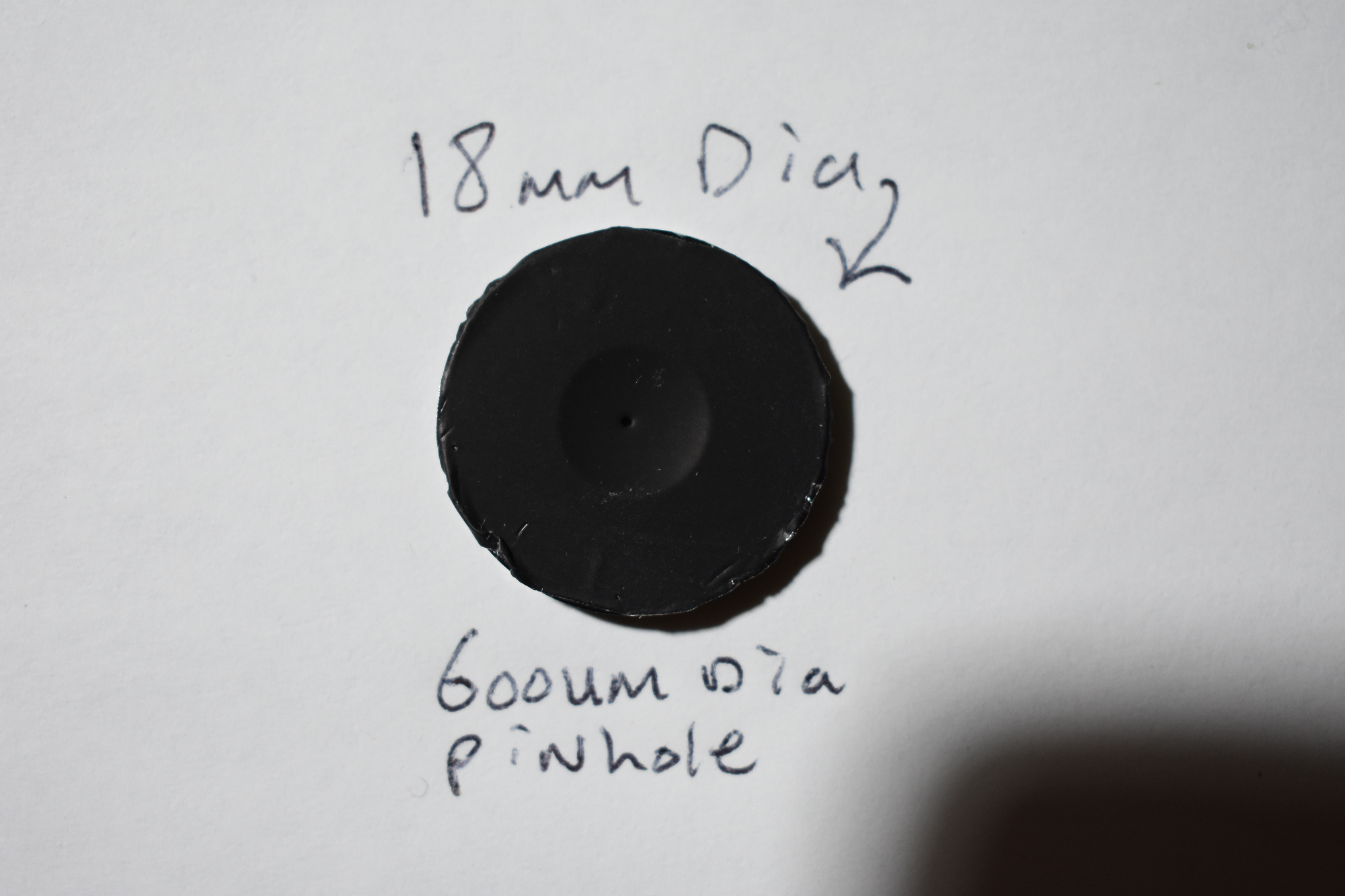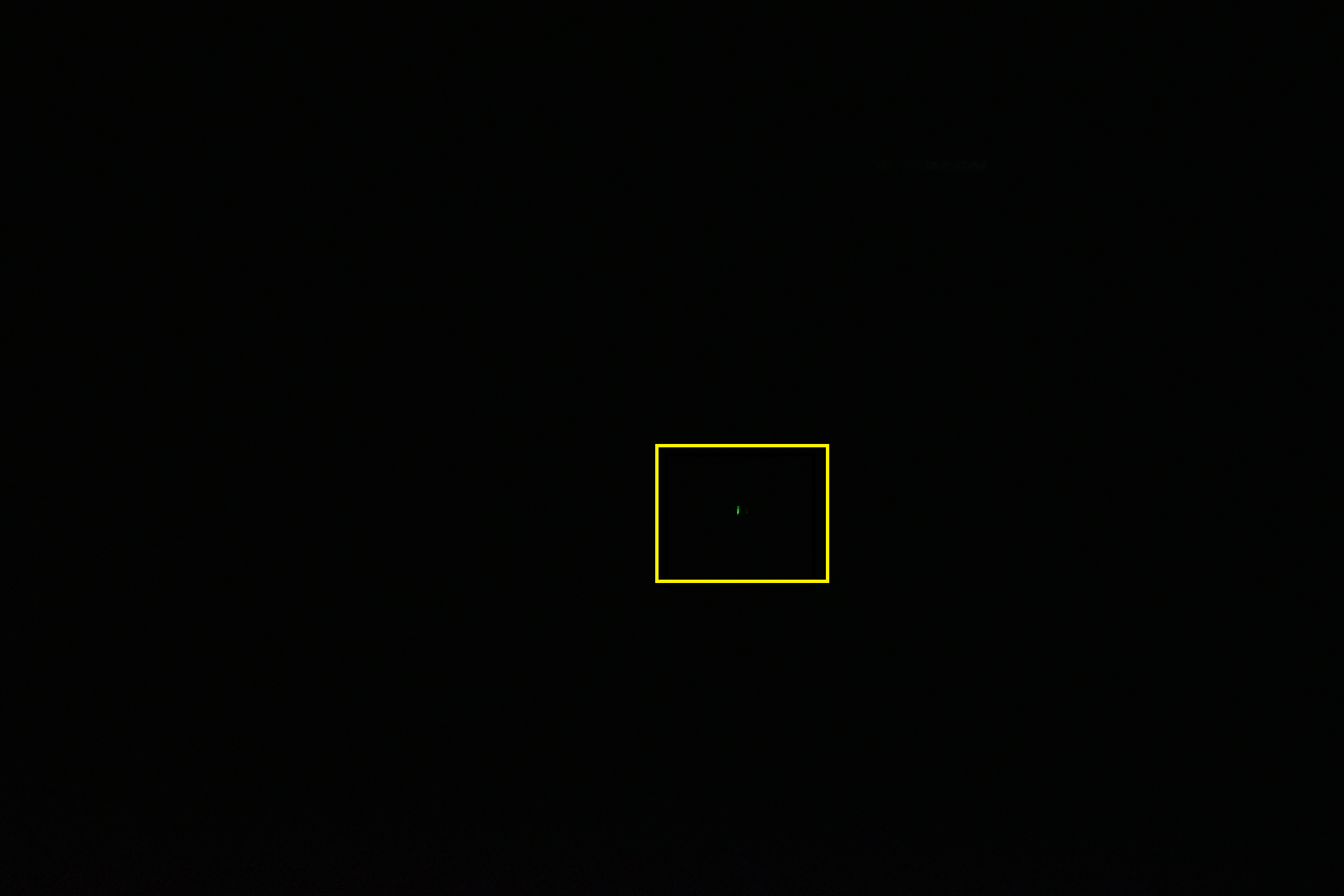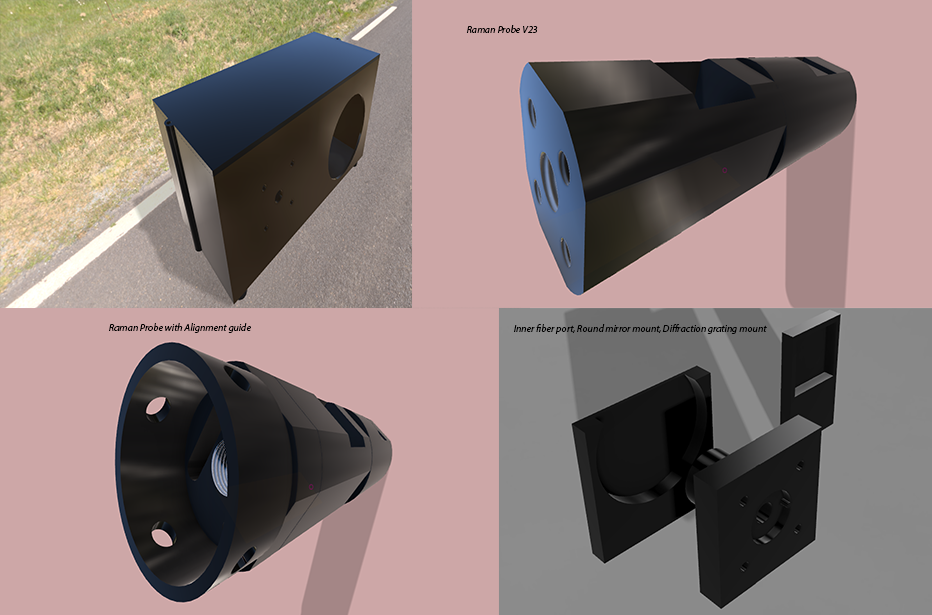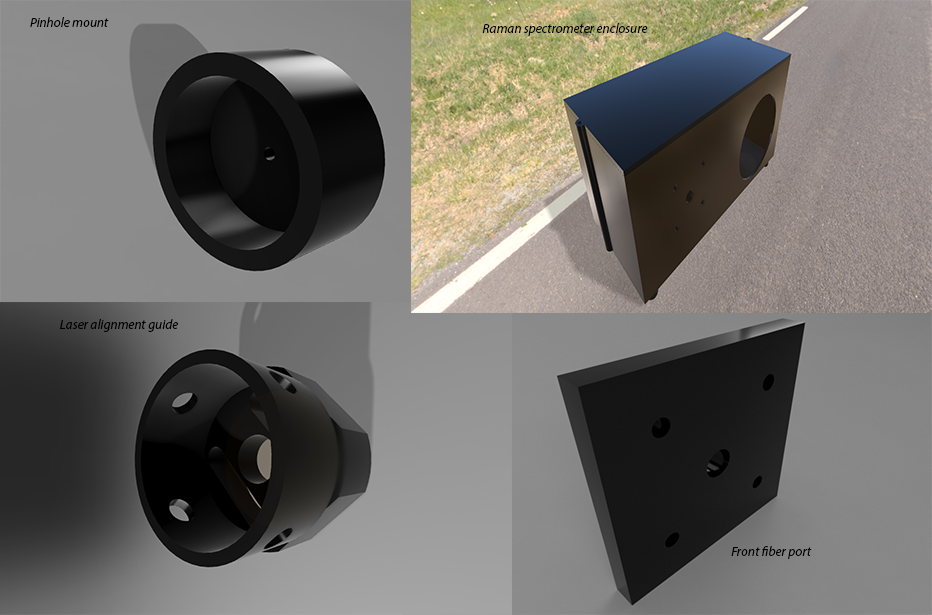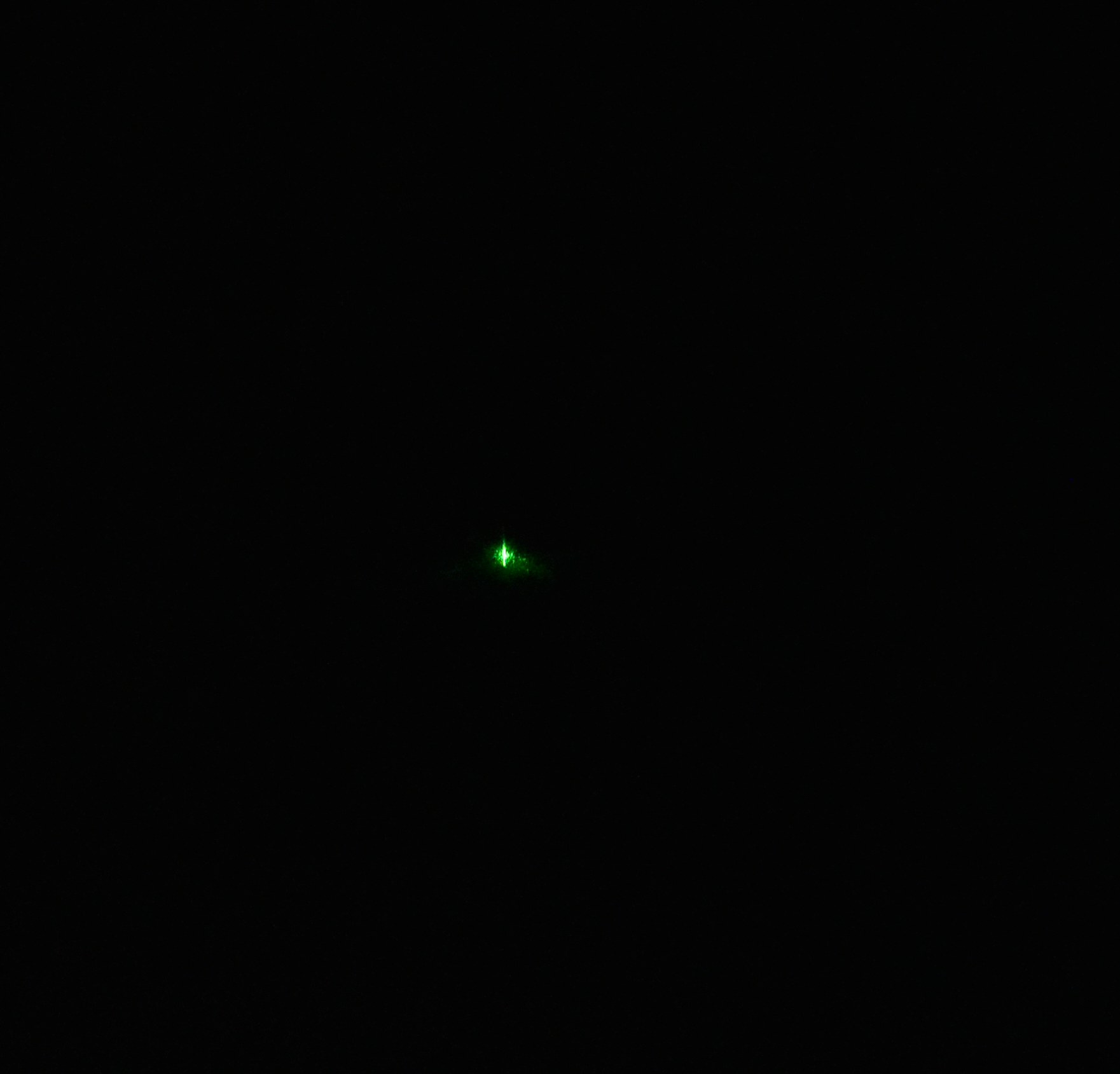-
Main 3D Raman Probe Component Section v47
04/20/2018 at 18:26 • 5 comments![]()
I'm making my 3D presentations first in sequential order, this has revealed itself to be a project with many subtle complexities that I'm determined to iron out 1st before printing anything, I just don't have financial means to print "wily nilly" and test every little modification and hope I get it right, so I may be out of this years 2018 prize and that's ok, I'd rather get this right than push it through just for the sake of trying to win something and deliver a 3rd rate product.
All apologies from my end :)
-
ISO-4762 Hex_Bolt Metric 20mm Length
04/14/2018 at 16:10 • 0 commentsThis is the standard Hex bolts that are used for this project...
![]()
-
Final Conceptual assembly image for the Raman Probe v47
04/09/2018 at 12:30 • 0 comments![]()
Well, here it is. I'm glad I took some time off of this project to help Daren Schwenke and his interdimentional gun project, it gave me sometime to pull back and re-direct my creativity in another avenue and then return with a fresh perspective for the Raman probe project.
I was able to revaluate to science of this device and fix some glaring flaws and then re-design the laser alignment guide to properly guide the beam to the fiber collimation assembly at the exit port.
Now she is ready to be printed and tested next month, I have to integrate this delay due to financial considerations, (sorry.)
-
Raman Probe & Alignment Guide Rendered In Blender v2.79
03/25/2018 at 09:00 • 0 comments![]()
![]()
![]()
-
Fusion 360 Render_Raman Probe v23.01 & Laser Alignment Guide 5.1
03/24/2018 at 14:28 • 0 commentsFinal re-design and render for the Raman probe project, 3D parts to be printed in April:
1) Laser alignment guide
2) Raman probe
3) Pinhole mount
Once these components are tested I will print the remainder of the components and assemble the complete apparatus and fire her up!
![]()
![]()
![]()
![]()
![]()
-
Proto_Test Platform Complete Raman Probe v23 using CH4O + C3H8O
03/18/2018 at 13:02 • 0 commentsFor anyone wondering what is the point with all these preliminary tests, well, its important because I need the cleanest laser line with the lowest SNR (signal to noise ratio,) possible, even though the Notch filter will block the line, it will not eliminate a poor signal.
![]()
The above image is what I have been using, sort of a "mock-up" of the real probe, without the Notch filter in order to shape the laser line correctly and adjust the DSLR camera settings.
![]()
This was my final SNR test, I used a standard 1cm Quartz cuvette filled with a 50% solution of Methanol and 50% Isopropyl alcohol and an empty cuvette as a blank.
![]()
This zoomed in plot, represents all 3 spectrums in comparision to each other, the first is the raw data (un-processed,) the second is the raw data cropped in RSpec in order to get a more refined signal, the third is the sample withe solvent solution.
As you may notice there is a noticable difference in intensity, that's because the solvent exibits a higher refractive index as compared to just the refractive index of the empty cuvette, plus there is a higher S1 to S2 energy transfer going on.
The only problem I can see with this plot is at the peaks you can tell a slight "clipping," to the left, that is camera adjustment territory (exposure and F-stop).
-
2.9nm Laser Line Resolution
03/17/2018 at 09:44 • 0 commentsUPDATED: 3/17/2018 @ 10:14:AM
Raw data capture from RSpec:
Average width of human hair - 17 - 181 um
![]()
I wanted to also include the raw data comparison plot
![]()
Nikon D5600 camera settings:
1) F-stop = 8, shutter speed = 1/30 sec, ISO = 9000, exposure = minus 5 step
![]()
Raw data transferred to Spectragryph spectroscopy processing software
![]()
Below is a zoomed view of the laser line
![]()
-
Effects of Pinhole (600um Dia.) on 150mW Laser Transverse Mode TEM00
03/16/2018 at 14:06 • 0 commentsI conducted my 1st official test of my homemade pinhole mount @ 600um diameter, using an 18mm diameter ocean optics slit mount and black-out aluminum masking tape. Using an everyday sewing needle which happens to be 0.61mm in diameter I carefully poked the center of the foil I had fashioned over the mount and these are the results, a very nice quite and stable laser beam with very low SNR (signal to noise ratio,) check it out below:
![]()
![]()
![]()
The image above can be zoomed in many times for a precise view of the center hole, very straight forward build on this one.
![]()
-
Revised Components Rendered Using Fusion 360
03/15/2018 at 14:08 • 0 comments![]()
These are all the final versions and are ready for 3D printing :)
![]()
-
Breakthrough On the Laser Alignment Guide Block
03/13/2018 at 23:14 • 0 commentsWell I've been wrong before and I was wrong this time too, I re-examined the original paper that I sited for this project because I felt something wasn't quite right, and I wasn't too far off the mark. What I missed was in their initial setup they have a pinhole diaphram as a beam shaper before the laser strikes the sample, hence forgoing a "real" laser collimator, this actually is still fine (although it would of been better if they would have given the dimensions for the pinhole size, but I figured it out through trial and error...)
Dimensions are: 0.6mm/0.02" in diameter
This is the raw jpeg image, zoomed by 50X to show the actual laser point (TEM00)
![]()
Looks awesome huh? Almost like the Sun, if U look close you can see a finger print on the diffraction grating to the far left...oops
Below is the actual spectrum as seen by the detector
![]()
Below is the plot, the FWHM value (full width half maximum,) of the beam is 1.5nm!
![]()
![]()
The DSLR camera settings were as follows:
F-stop @ 10
Exposure time @ 1/30 sec
ISO @ 7200
Exposure bias @ -5 step
35mm focal length
I am incorporating the pinhole mount to fit into the laser guide component block for the Raman probe and will have a proper build log when I have ALL components printed as I keep re-designing out of necessity.
3D Printable Raman Probe
This a 100% 3D printed Transmission Raman Probe (low resolution) Designed using Fusion 360
 David H Haffner Sr
David H Haffner Sr